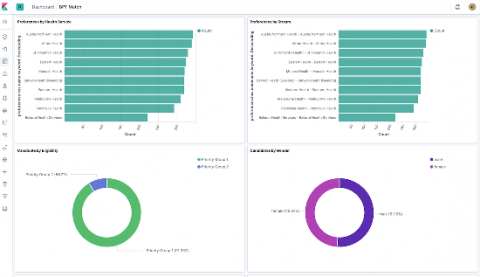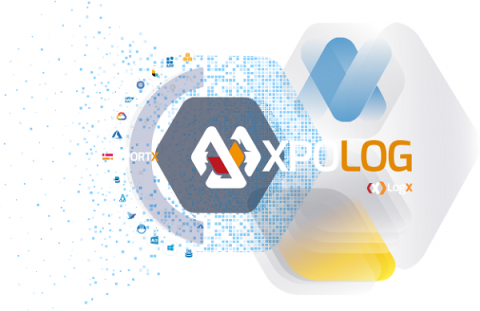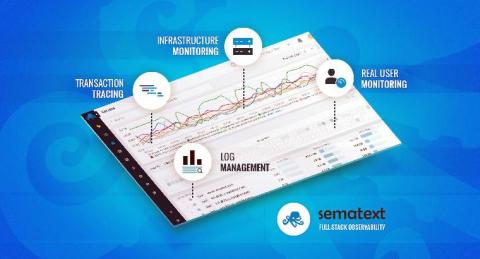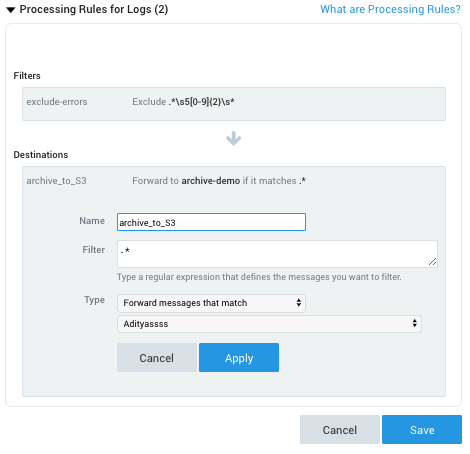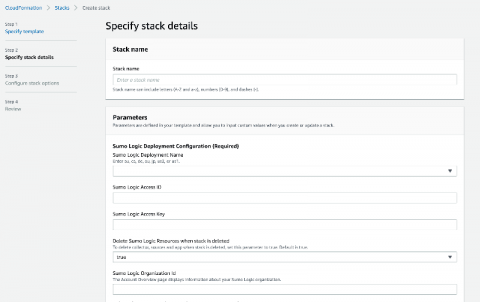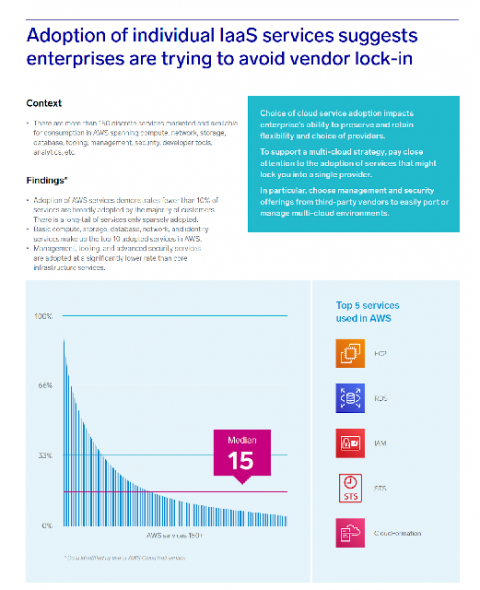Operations | Monitoring | ITSM | DevOps | Cloud
Analytics
UserCentric: Redefining online recruiting for doctors and nurses
How do you match health care practitioners to the right job? When The Postgraduate Medical Council of Victoria (PMCV) had to recruit doctors and nurses for the healthcare match system it administers, they needed an efficient solution that would take into account a high number of complex variables while remaining agile and, most importantly, accurate. At UserCentric, we devised a solution that gives PMCV administrators control over the entire recruiting experience.
Sumo Logic and Amazon Web Services Continues to Help Businesses Thrive in the Cloud Era
For nearly 10 years, AWS and Sumo Logic have been the perfect pairing for businesses going through their digital transformation journey. AWS provides the best technology to help companies with their digital transformation, while Sumo Logic provides continuous intelligence and insights to monitor, run and secure those applications on AWS.
Troubleshooting with Log Management - Best Practices
We’ve already covered why log management is important, but we’ve only briefly touched upon one of the best ways that managing your log files can help you and your enterprise, which is, namely – with troubleshooting.
What Is MTBF? Mean Time Between Failures Explained in Detail
Time for another installment in the series where we explain in detail yet another important metric for tech organizations. After covering MTTD and MTTF, today we answer the question, “What is MTBF?” As the post title makes clear, MTBF stands for “Mean time between failures.” The acronym refers—like the others that came before it—to an important DevOps KPI. But what actually is it? What is it good for? How do I implement it?
Elastic Stack Features (formerly X-Pack) Alternatives: Free, Open Source, Commercial and Cloud Services Comparison
Elastic Stack Features (formerly X-Pack) is an Elastic Stack extension that bundles security, alerting, monitoring, reporting, and graph capabilities. One could use either all or specific components. People love Splunk. But not its price. So people are always on a lookout for a good Splunk alternative. Many of those people migrated from Splunk to ELK Stack or Hosted ELK Stack solutions like Logsene.
Unleashing a Better Open Source: Introducing Logz.io Cloud Observability Platform
Today, I am proud to announce the release of Logz.io Infrastructure Monitoring, a Grafana-based monitoring solution that enables engineers to speed up detection and reduce time to resolution. This new offering extends our Log Management and Cloud Security (Cloud SIEM) products, which together form Logz.io’s new Cloud Observability Platform.
Announcing Sumo Logic Archive Intelligence Service now in Beta
We are excited to announce the beta release of Sumo Logic’s Archive Intelligence Service, which enables customers to forward logs directly from Sumo Logic’s installed collector to their own, self-managed AWS S3 buckets. This service gives users the ability to reliably gather and economically store log data which may not be needed for immediate analysis or operations, but is still important to keep for later use.
The New Sumo Logic AWS Security Quick Start
Security is a top concern for any enterprise to move their applications and workloads to the public cloud. AWS offers a broad selection of native security tools and as our Continuous Intelligence Report noted, AWS customers are using several of these to improve the security of their AWS environment. However, it can be overwhelming to know where to start and how to deploy best practices for detecting security misconfigurations caused by human errors and attacks from external sources.
New Sumo Logic Apps with support for AWS Hierarchies
AWS offers more than 150 discrete services, spanning compute, storage, database, network, and identity management to name a few. Earlier this year we published our Continuous Intelligence Report in which we surveyed Sumo Logic customers on how broadly they used the various AWS services. We found that the median number of different services most orgs use was 15.



